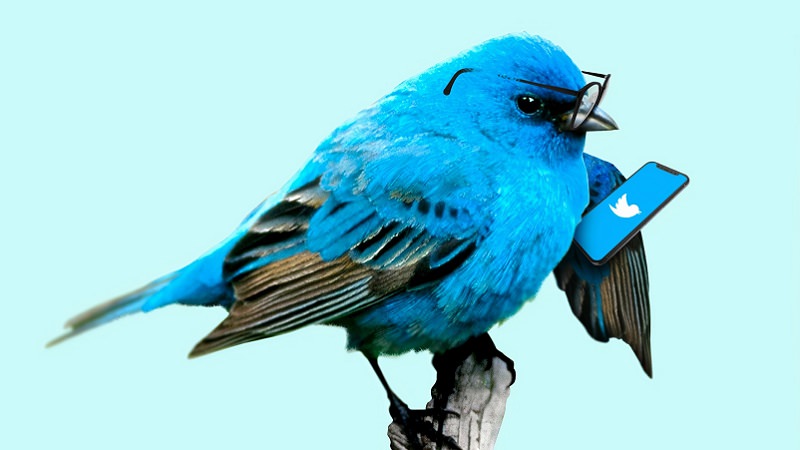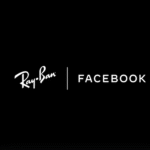In order for images to be displayed correctly on Twitter, the content must meet certain criteria. However, this is not only exciting, but also raises another question: How does the Twitter algorithm select which area of a picture is to be seen in the preview?
Every social network imposes certain requirements on its users when uploading pictures. If you want your content to be completely visible, you need to know and follow these guidelines. Of course, this is not relevant, especially for private users.
However, if you want to use Twitter professionally, you need to know how the Twitter algorithm works in relation to photos. That means: Which file formats and aspect ratios does your picture need to be displayed correctly in the preview on Twitter?
How does Twitter select the image section for previewing?
Data analyst Luca Hammer has dealt with this in detail. For example, images achieve the best results when they are uploaded to the Web application.
If you access a jpeg file, it should be smaller than 4,096 by 4,096 pixels and no larger than five megabytes. Otherwise Twitter will automatically reduce the quality of your pictures.
And Twitter also gives the Twitter algorithm clear guidelines for the aspect ratio. In other words: If you don’t want Twitter to decide which part of your picture is shown, you should follow the guidelines of Twitter.
For example, if you upload a single picture, it will be played perfectly if it is in a 16:9 ratio. If you upload three images, you will need one image in 7:8 format and two more images with a ratio of 7:4.
What happens if the Twitter algorithm has to make the image selection itself?
At first glance, this question does not seem very interesting. What role does it play which section of an image Twitter – or other social networks – present to their users? As several experiments by Twitter users over the weekend have shown: a very large one.
But to start with: Twitter user Tony Arcieri uploaded a collage in upright format on September 20.
At the top end is the (white) majority leader of the US Senate, Mitch McConnell. At the lower end there is a picture of the (black) former US president Barack Obama. In the middle both pictures are separated by a big white placeholder.
Although both pictures are exactly the same size, the Twitter algorithm plays the face of Mitch McConnell in the preview. This does not change when Arcieri changes the color of the tie or adds several heads of Barack Obama.
Only when he inverted the colors of the picture was Obama also visible for the first time. However, the skin color of the two pictures appears in a bluish hue, so that the skin color did not play a role in this case.
Do algorithms have certain preferences?
That is ultimately the big question in this context. And of course this can only be proven or disproved by large-scale studies. A few individual experiments are ultimately irrelevant to the outcome.
In any case, it is clear that Twitter is aware that its own Twitter algorithm for images is not yet fully developed. Thus the short news service itself explains that the goal is to focus on the “most prominent face”.
This is not a perfect approach, it says. After all, there are images, for example, where the systems either do not recognize faces or where no faces or people are recognizable at all. Simply placing the focus in the middle of the image is not a good idea either.
Twitter announces investigations
After the emerging criticism, Twitter is very active and open on its own platform. Chief Design Officer Dan Dantley wrote that his own tests did indeed produce different results. But there are “some variables” that Twitter wants to take a closer look at.
Twitter spokesperson Liz Kelly adds that her company is very grateful for the debate that has begun and will publish the codes so that everyone interested can contribute to solving the problem.
The open and, above all, quick response from Twitter is definitely to be rated positively. In the end, however, the decisive factor is whether the Twitter algorithm will be able to make comprehensible decisions in the future free of prejudice.










